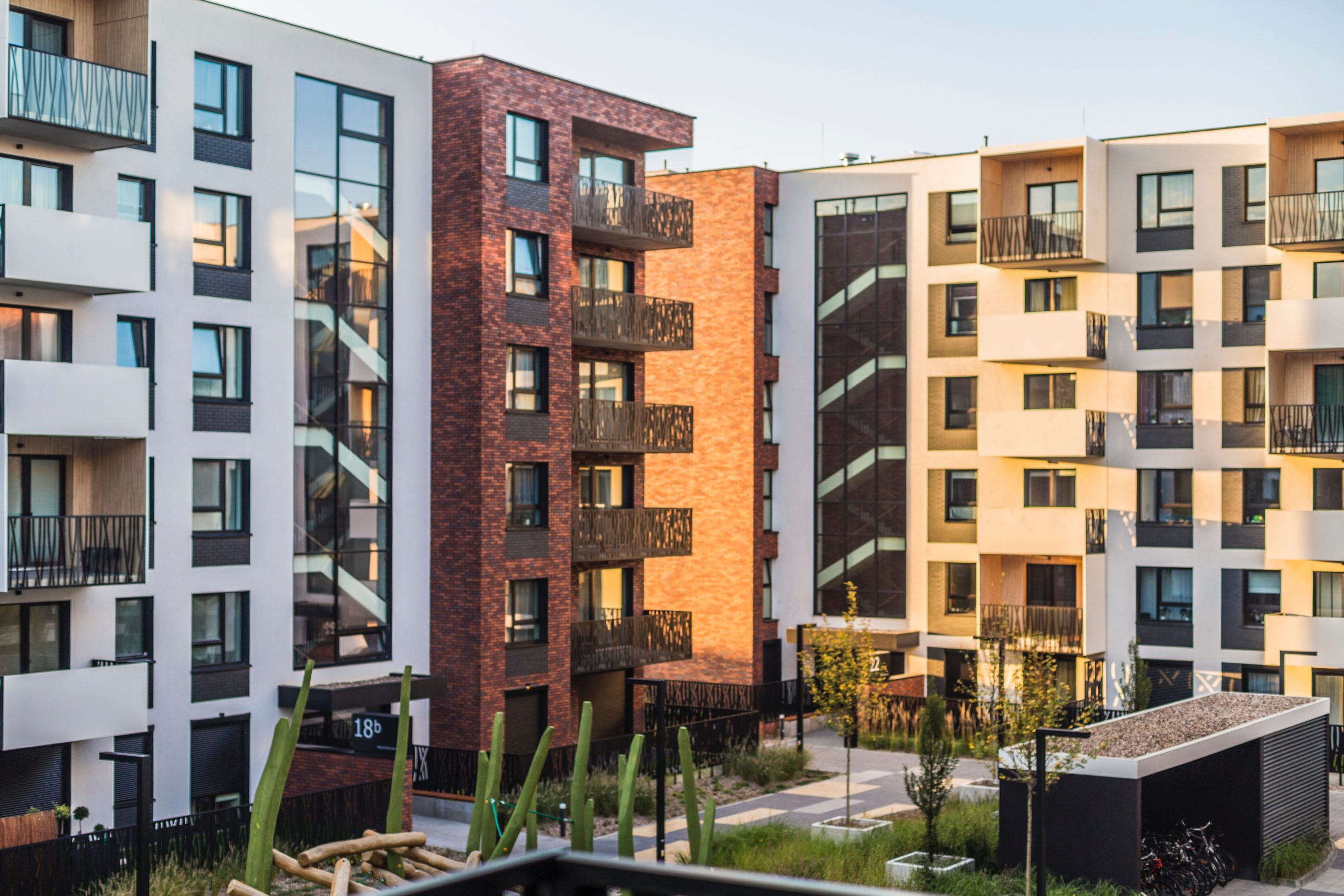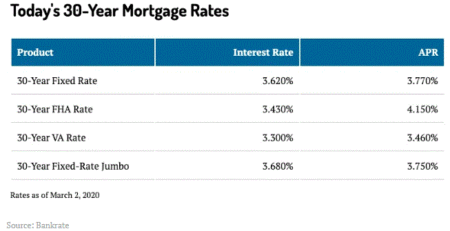What are various apartment asset classes
What are various apartment asset classes?
When searching for a multi-family home or apartment, or whatever other type of real estate asset in which to invest or purchase, one very critical factor would be the asset class. Before we discuss this singular concept, however, the definition of an asset class must be described. An asset class is a unique set of investment types with many similarities and resemblances in their respective markets. Commercial real estate as a whole is also considered to be an asset class of its own, but there are product characteristics that are more elaborate beyond this classification. Some examples of commercial real estate asset types are multi-family homes, office buildings, industrial spaces, land development centers, and business properties that might specialize in, for instance, hospitality or retail. A separate classification, however, is the differentiation between property classes, which is almost always applied to multi-family complexes or apartment buildings. The classes of these properties can be “Class A”, “Class B”, “Class C”, or “Class D” and a major component of this differentiation is the age of the building.
Class A buildings are the newest of all the classes, recently built, but that is not the only differentiator for this asset class. Class A also serves as a description of a building’s condition, amenities, and style, as well as how modern the entirety of the building is concerning design and technology. Buildings with a Class A designation have typically been built within the last 15 years with very top-tier construction (meaning the fit-and-finish of the building should be excellent). Class A buildings also typically have very high-quality features, such as working internet connectivity, television services, a gym, recreation areas, some sort of technologically advanced security system, and a variety of other amenities offered as a part of the rental package. These apartments are generally much more expensive to maintain, and therefore, much more expensive to rent. However, a very attractive thing about these buildings from a rental perspective is fewer maintenance issues within the building, which can somewhat act as an offset to considerably higher rent. Nonetheless, these apartments nowadays are among the most rented, mainly because of the tendency for people to lean towards newer homes, and have relatively low vacancy rates versus the lowest asset class. This trendline continues in the direction of decreasing class (such as from A to B, B to C, and so on), where the lower the class, the higher the vacancy rates, and the lower the rental rates.![]()
![]()

![]() Class B buildings are a little bit older than those in Class A, and a “B” grade is certainly not bad, but it is not nearly as good as an “A”. The building is typically 15 to 20 years of age with some minor fit-and-finish issues, and some slightly dated furniture and design, but generally not very many problems, and most of those can be very easily fixed. Following the previously discussed trendline, Class B apartment buildings generally have one of the highest rental and occupancy rates, and it is often dependent on the location. It should be noted that if a Class B apartment building is in an area with mostly Class A surrounding it, the rental and occupancy rates may potentially be lower than that same apartment being in a low-income neighborhood or an area with more Class C buildings. From an investment standpoint, however, these buildings have more potential for “diamond in the rough” types of profit. It entails that with some maintenance adjustments and potential refurbishment, the building might be deemed Class A upon further evaluation. This again, presents investors with the opportunity to “buy low, sell high”, or purchase a Class B property, add value by improving it, increasing rents, and then either capitalizing on the increasing rates of rent or re-selling the property for a profit.
Class B buildings are a little bit older than those in Class A, and a “B” grade is certainly not bad, but it is not nearly as good as an “A”. The building is typically 15 to 20 years of age with some minor fit-and-finish issues, and some slightly dated furniture and design, but generally not very many problems, and most of those can be very easily fixed. Following the previously discussed trendline, Class B apartment buildings generally have one of the highest rental and occupancy rates, and it is often dependent on the location. It should be noted that if a Class B apartment building is in an area with mostly Class A surrounding it, the rental and occupancy rates may potentially be lower than that same apartment being in a low-income neighborhood or an area with more Class C buildings. From an investment standpoint, however, these buildings have more potential for “diamond in the rough” types of profit. It entails that with some maintenance adjustments and potential refurbishment, the building might be deemed Class A upon further evaluation. This again, presents investors with the opportunity to “buy low, sell high”, or purchase a Class B property, add value by improving it, increasing rents, and then either capitalizing on the increasing rates of rent or re-selling the property for a profit.

Class C is the older “grade” that a building could receive in order of decreasing quality. These properties are typically well over 20 years old (sometimes even in the 30- to 40-year range, depending on the area), and require significant value add investment. The location of these buildings is also much more of a factor here. However, it is in this instance that being in a good location is actually better for the investor in the property. If a building with a Class C rating is located in a city with primarily Class A and Class B buildings surrounding it, the property has a better chance to be renovated and be brought up the par with at least Class B buildings. This quality of property typically will have fewer amenities, which just further differentiates itself from the first two classes of property.

Finally, Class D apartments are the lowest quality rating that an apartment building or multifamily could receive. Essentially, these properties are considered to contain the bare minimum of living conditions regarding amenities and are generally in the low-end rental areas. The buildings are usually over 50 years old and have not been substantially renovated within the last 25 years, if ever. Continuing the trendline of an inverse relationship between rental occupancy and quality, these buildings will more likely than not be rented at below or around the market price, because frankly, they are inexpensive.
Although it is also important, to make the distinction between an asset location class and a building class, overall, the class rating works very similar to a standard grading procedure, as mentioned earlier, with “A” being the best grade you can get, and every successive letter of the alphabet corresponding to a lower quality of building. As a general rule of thumb, it is every investor’s dream to find a Class B asset in a Class A area. Many investors settle for Class C assets in a Class B area, which is not ideal but not a bad scenario either. What is crucial is to be able to undertake such a serious project type and bring it to a conclusion: renovate, place the right type of tenants, and sell at a gain or keep while collecting rental income. At the end of the day, it is up to each investor to decide as to what asset class is up their alley.











